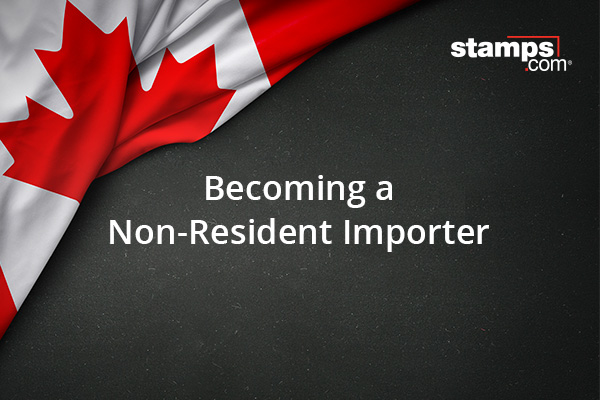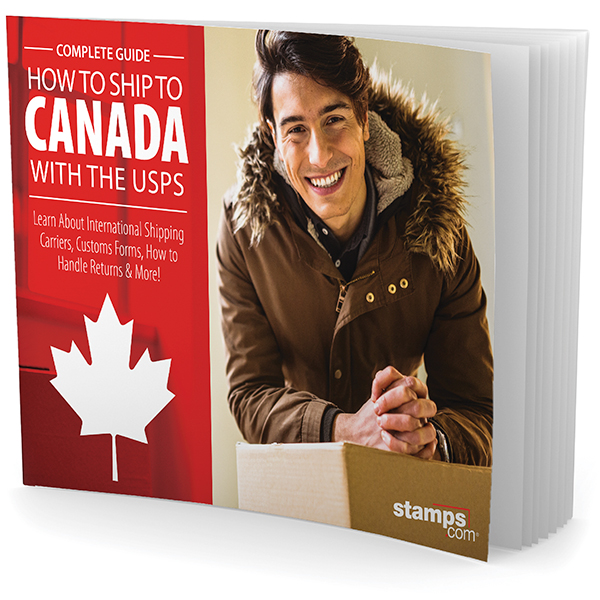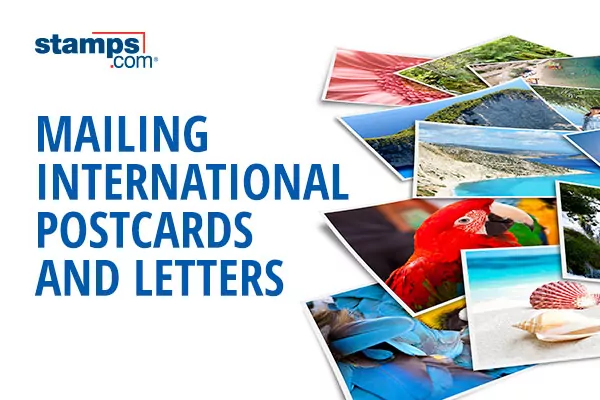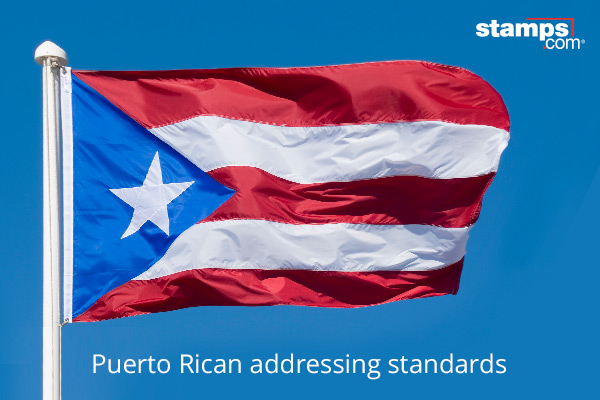Becoming a Non-Resident Importer to Canada

Canada, our familiar neighbors to the north. When looking to grow globally, Canada is easily the first place to look for e-commerce merchants in the U.S. It’s only natural. We’re close to our Canadian neighbors in proximity, language and culture. Yet, exporting goods to Canada isn’t as easy as it may look.
U.S.-based retailers face a number of obstacles to selling in Canada. American retailers can’t collect Canadian sales tax at the time of purchase, only at the time of delivery. It can be a complicated process for Canadian buyers too. When Canadian customers buy from the U.S., they may be forced to go to their local customs office to pick up their purchase.
The result? A poor experience for the customer who may have to pay additional taxes or even visit a customs office just to pick up their online purchase. Luckily, there’s a way for U.S. online retailers to get around these issues in Canada: Become a non-resident importer.
What is a Non-Resident Importer?
A “non-resident importer” (or NRI) is defined as a business registered outside of Canada that assumes responsibility for customs clearance and other import-related requirements for bringing goods into Canada. Americans can register to become an NRI through the Canada Border Services Agency (CBSA).
As a non-resident importer, you can pay Canadian duties and taxes before delivery. Saving customers the hassle of paying taxes after you deliver to them makes you more competitive in the Canadian market.
Competitive Advantages of Becoming a Non-Resident Importer
Once you become a non-resident importer, the process of buying becomes much more simple for your Canadian customers. The advantages of becoming an NRI for you and your customers are clear:
- There’s no need for your Canadian customers to go all the way to a customs house to pick up a purchase, you can ship directly to their door
- Tracking shipments to Canada from the U.S. becomes an entirely visible process, a package goes from the USPS to Canada Post
- Your Canadian customers aren’t hit with additional taxes upon delivery
- Because you can pay taxes to the Canadian government, you can give your customers clear product prices that include Canadian taxes
Responsibilities of Non-Resident Importers
When you become a non-resident importer, you must fulfill certain responsibilities. You also open yourself up to regulations and fines for not complying with those regulations. Plus, you’ll be dealing with more than one level of taxation. The Goods and Services Tax (GST) is charged throughout Canada, while Harmonized Sales Tax (HST) is charged in Quebec, Nova Scotia, Prince Edward Island, Newfoundland/Labrador, New Brunswick, and Ontario.
Here are some of the issues you’ll need to navigate as a non-resident importer:
- Canadian regulations require you to meet additional rules, such as having a Business Number and an Importer Number (or RM)
- You’ll be responsible for collecting and paying both the Goods and Services Tax and Harmonized Sales Tax
- File GST/HST sales tax returns on time, or be charged penalties
- Provide customs documentation and pay customs duties to the correct Canadian government authorities
- Make sure labeling and marketing follows Canadian laws
- Once you get an income tax number, you’ll be subject to investigations of your books and records by Canadian tax authorities
Ready to Become a Non-Resident Importer?
Clearly, there are hurdles to becoming a non-resident importer. But the rewards are huge. You can be competitive with other Canada companies – without having a physical office, warehouse or retail location in Canada. Ready to get started? Learn more about the ins and outs of becoming a non-resident importer.




